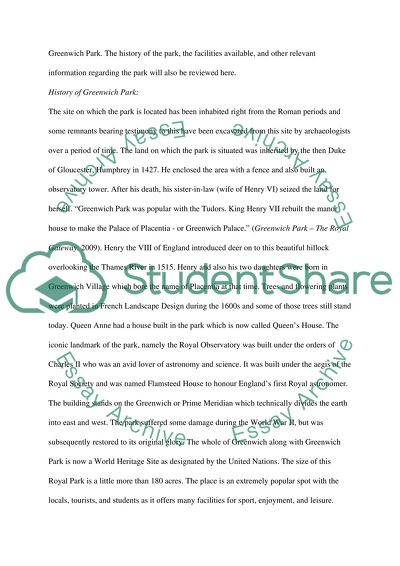Cite this document
(“Greenwich Park Article Example | Topics and Well Written Essays - 4000 words”, n.d.)
Greenwich Park Article Example | Topics and Well Written Essays - 4000 words. Retrieved from https://studentshare.org/history/1518408-greenwich-park
Greenwich Park Article Example | Topics and Well Written Essays - 4000 words. Retrieved from https://studentshare.org/history/1518408-greenwich-park
(Greenwich Park Article Example | Topics and Well Written Essays - 4000 Words)
Greenwich Park Article Example | Topics and Well Written Essays - 4000 Words. https://studentshare.org/history/1518408-greenwich-park.
Greenwich Park Article Example | Topics and Well Written Essays - 4000 Words. https://studentshare.org/history/1518408-greenwich-park.
“Greenwich Park Article Example | Topics and Well Written Essays - 4000 Words”, n.d. https://studentshare.org/history/1518408-greenwich-park.


